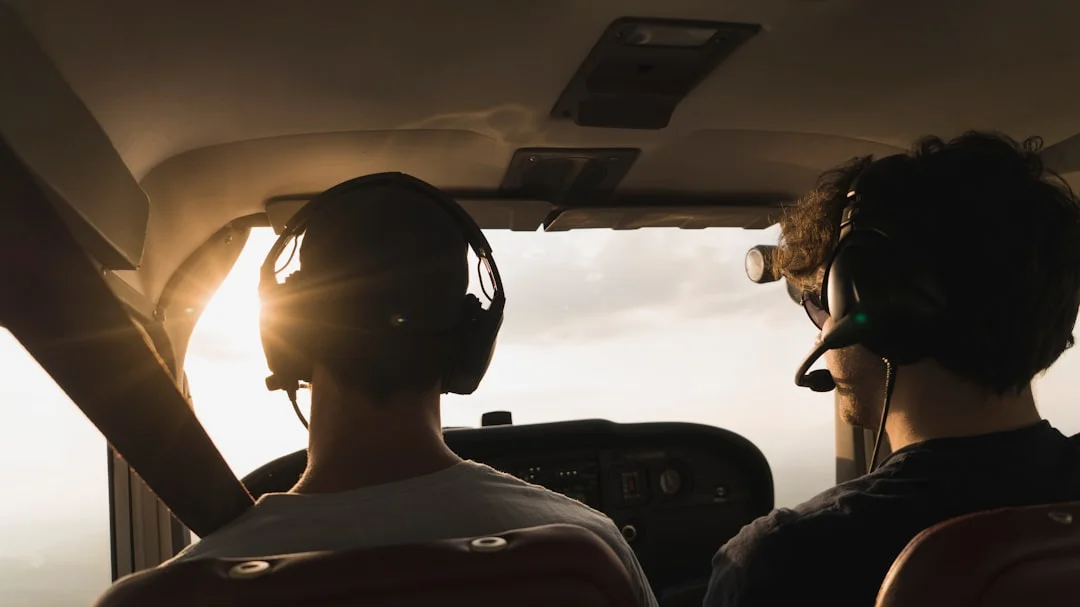In aviation, the best rate of climb speed, commonly abbreviated as Vy, refers to the airspeed at which an aircraft can gain the most altitude per minute. This speed is crucial during takeoff and climb phases of flight, as it allows the aircraft to reach its desired altitude efficiently and quickly. Understanding and utilizing the best rate of climb speed is essential for pilots, as it maximizes the aircraft’s performance and safety.
In this article, we will delve into the details of the best rate of climb speed in aviation, discussing its significance, factors influencing it, and how pilots determine and utilize it during flight.
Contents
The Importance of Best Rate of Climb Speed
The best rate of climb speed plays a critical role in aviation due to its impact on aircraft performance and safety. Pilots strive to optimize climb performance to clear obstacles during takeoff, reach cruising altitudes efficiently, and maneuver effectively during emergencies. By operating at the best rate of climb speed, pilots can ensure maximum climb efficiency, reduce the risk of stalls and other performance limitations, and maintain control of the aircraft.
Additionally, the best rate of climb speed is especially important for single-engine aircraft, as they have limited power and must maximize their climbing abilities to compensate for potential engine failures. In such cases, maintaining the correct climb speed is crucial to ensure the aircraft can clear obstacles and continue climbing safely.
To determine the best rate of climb speed for a particular aircraft, pilots consider various factors, including weight, temperature, altitude, and aircraft performance capabilities. Let’s explore these factors in more detail.
Factors Affecting the Best Rate of Climb Speed
1. Weight: The weight of the aircraft directly affects its climb performance. Heavier aircraft will have a higher best rate of climb speed compared to lighter aircraft. This is because heavier aircraft require more lift to counteract their weight and accelerate their climb rate.
2. Temperature: Temperature also plays a significant role in determining the best rate of climb speed. Warmer temperatures decrease air density, resulting in reduced lift production by the wings. As a result, aircraft will require a higher best rate of climb speed to maintain the desired climb rate.
3. Altitude: Higher altitudes have lower air densities, requiring aircraft to operate at higher speeds to generate enough lift for efficient climb rates. Consequently, as an aircraft climbs to higher altitudes, the best rate of climb speed increases to compensate for the reduced air density.
4. Aircraft Performance: Each aircraft has its own unique performance characteristics, including its engine power, wing design, and aerodynamic efficiency. These performance parameters greatly influence the best rate of climb speed for a specific aircraft type. Manufacturers provide performance charts and tables that pilots use to determine the ideal climb speed for their aircraft based on these factors.
Determining and Utilizing the Best Rate of Climb Speed
To determine the best rate of climb speed, pilots refer to the aircraft’s flight manual or performance charts provided by the manufacturer. These references provide valuable information about the recommended climb speeds for different weights, altitudes, and temperatures.
Once the best rate of climb speed is determined, pilots adjust their aircraft’s airspeed accordingly during takeoff and climb phases. They monitor instruments such as the airspeed indicator and vertical speed indicator to maintain the specified climb speed. By doing so, pilots ensure their aircraft achieves the most efficient climb rate while considering the current weight, altitude, and temperature conditions.
During emergencies or in situations that require increased climb performance, pilots may operate the aircraft at the best angle of climb speed (Vx), which prioritizes achieving maximum altitude in the shortest distance rather than the fastest rate. This speed allows the aircraft to clear obstacles more effectively and is typically higher than the best rate of climb speed.
However, it is essential to remember that the best rate of climb speed may vary based on specific aircraft models and configurations. Therefore, pilots must consult the aircraft’s documentation and adhere to manufacturer-recommended procedures for ensuring optimal climb performance and safety.
Conclusion
The best rate of climb speed, Vy, is a critical parameter in aviation that determines the airspeed needed to achieve the most efficient climb rate. By operating at the best rate of climb speed, pilots can optimize performance, improve safety, and effectively clear obstacles during takeoff and climb phases. Weight, altitude, temperature, and aircraft performance characteristics significantly influence the best rate of climb speed, making it essential for pilots to consult performance charts and manuals provided by manufacturers to determine the appropriate speeds for their specific aircraft.
Understanding and utilizing the best rate of climb speed is crucial for pilots to ensure efficient and safe climb performance, enabling them to navigate all phases of flight confidently.
For More: What is HLD in Aviation? (Hold)




